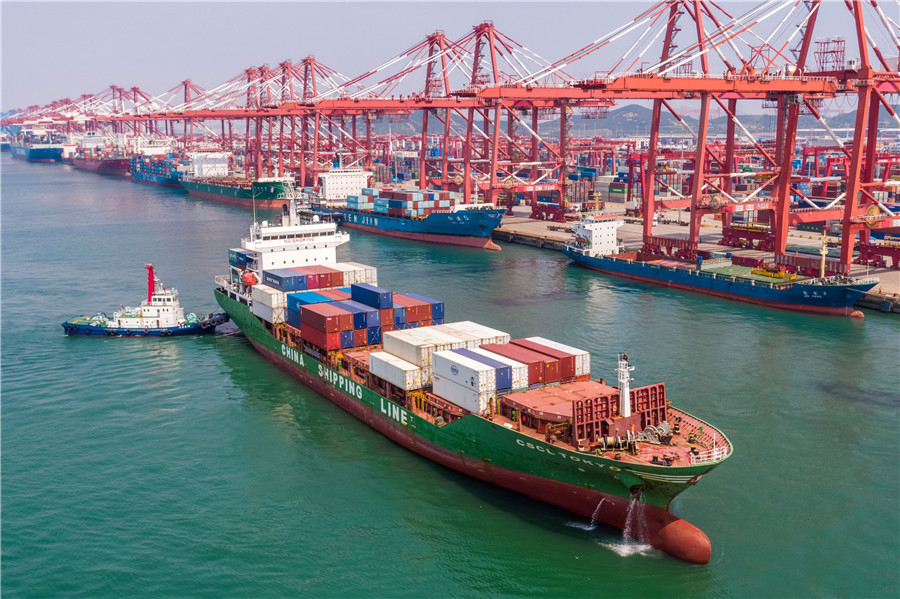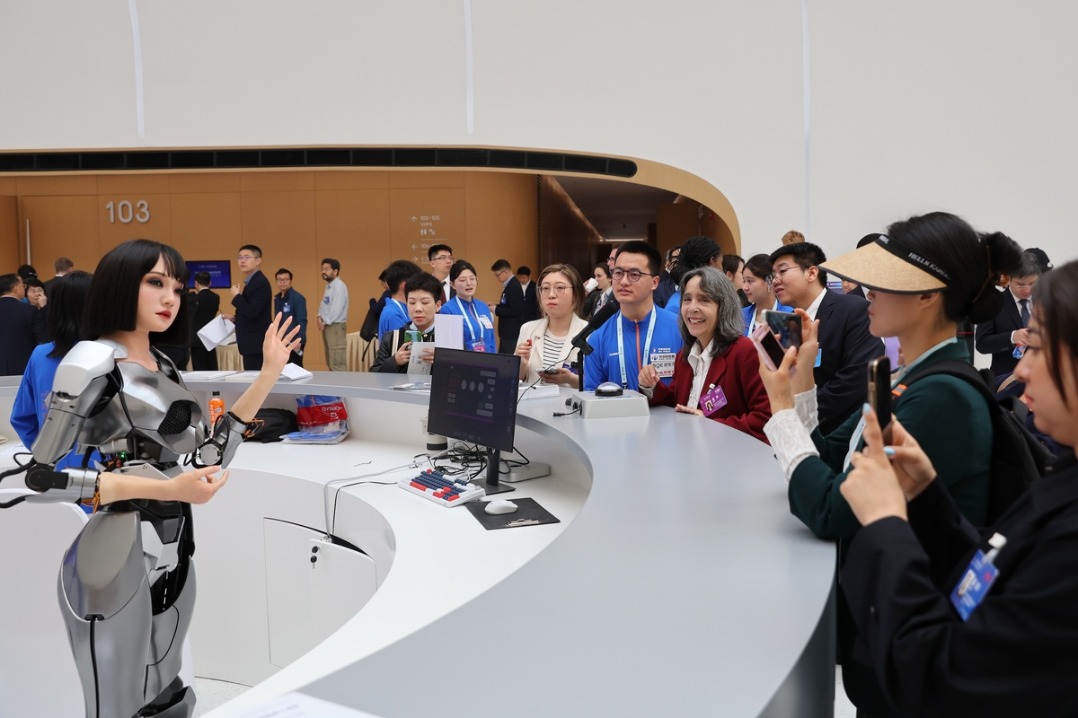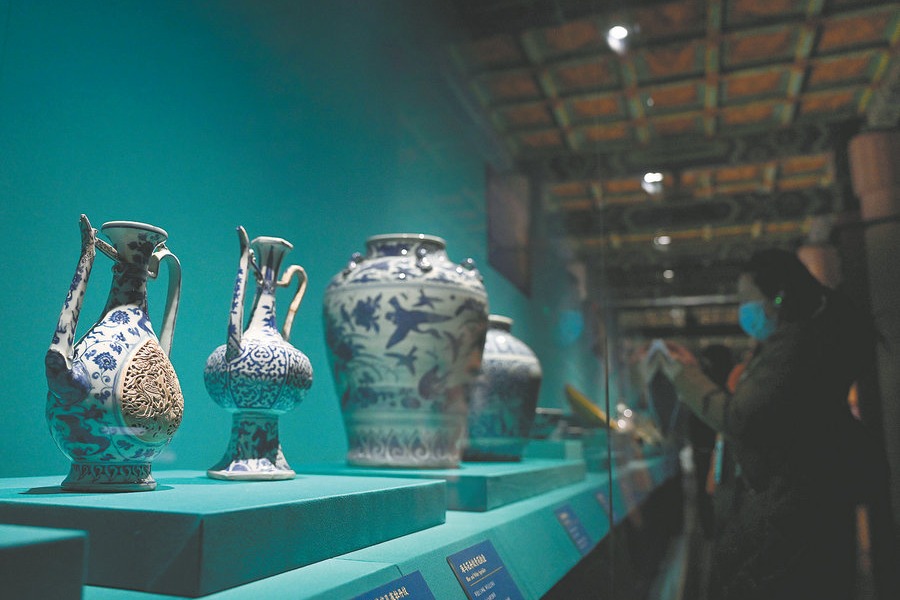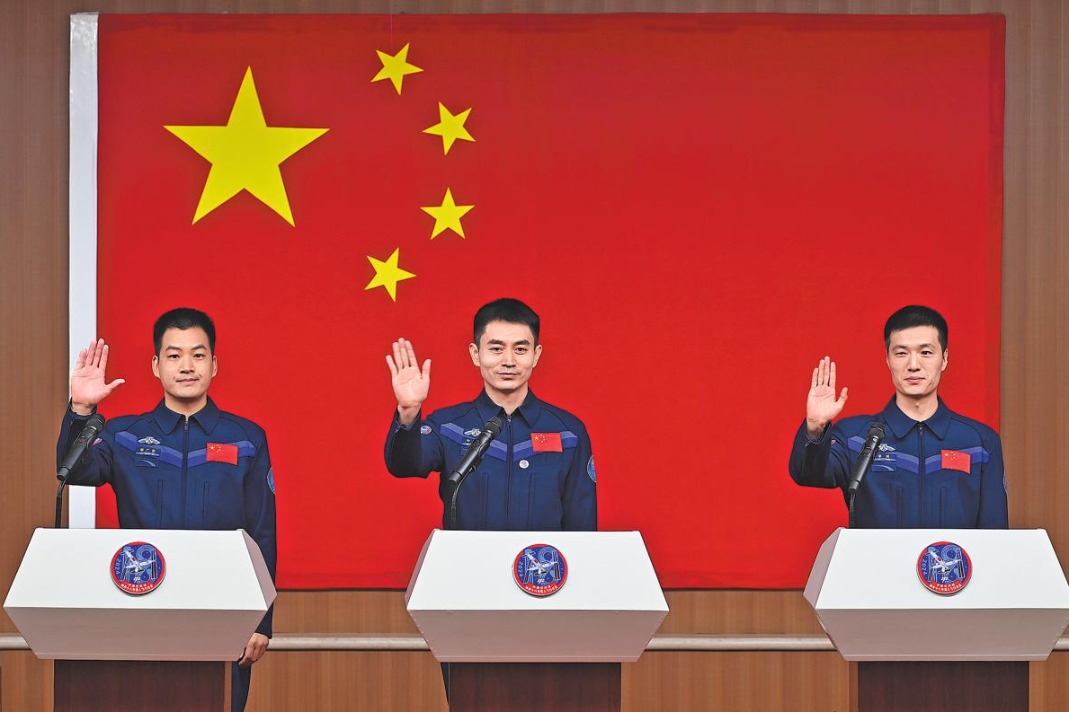De-industrialization lessons for China


In an online dialogue on Wednesday, Fuyao Glass Industry Group Chairman Cao Dewang, who has had investment experience in the United States and is familiar with the US manufacturing sector's plight, expressed his concern over the Chinese manufacturing sector's prospects. Cao said China should learn from the de-industrialization campaign promoted by the US over the past few decades.
The US first introduced the concept in the 1970s, gradually promoting its implementation as it believed that manufacturing labor costs were too high and the country needed to prevent pollution. In fact, since the end of World War II, the world has seen three waves of labor-intensive low-end industries from developed countries to developing ones. All the industrial transfers were triggered by the shortage of labor in developed countries such as the US, Japan and Germany because of continuous industrial upgrading.
Thanks to its participation in the international division of labor, China relied on its cost advantages to gradually become the main supplier to the US. However, the subprime mortgage crisis in 2008 exacerbated US concerns over its economic structure that hinges on the virtual economy, prompting the Barack Obama administration to propose "re-industrialization" and "return to manufacturing". The Donald Trump administration has sought to promote that trend, by even imposing tariffs on imports. Between 2000 and 2010, the US lost 5.8 million manufacturing jobs, which is seen as a key factor behind the widening income gap in US society.
To promote industrial transfer during this period, the US retained innovation and the high-end operation of such sectors as semiconductors, laptops and software, while outsourcing their production to other countries. However, this kind of industrial structure has resulted in excessive concentration of wealth, unemployment of manufacturing workers and large numbers of people getting employed in low-end service industries in the US.
As such, Cao said, the development of manufacturing and agriculture could not be separated from the capital market, and the tertiary industry is positioned to serve the secondary and primary industries. That can explain why China recently stressed that the capital market should serve the real economy.
The structural shift from real to the virtual economy also poses a risk to China's economy, given that overheating of the virtual sector has already impacted on the manufacturing industry.
In the ongoing fourth wave of global industrial transfer, some industries have moved from China to other countries, due to China's increased labor costs and prices of land and other raw materials. China should pay attention to this trend, learn lessons from the US'de-industrialization and do what it can to create a better business environment to retain the required enterprises and industries.


































